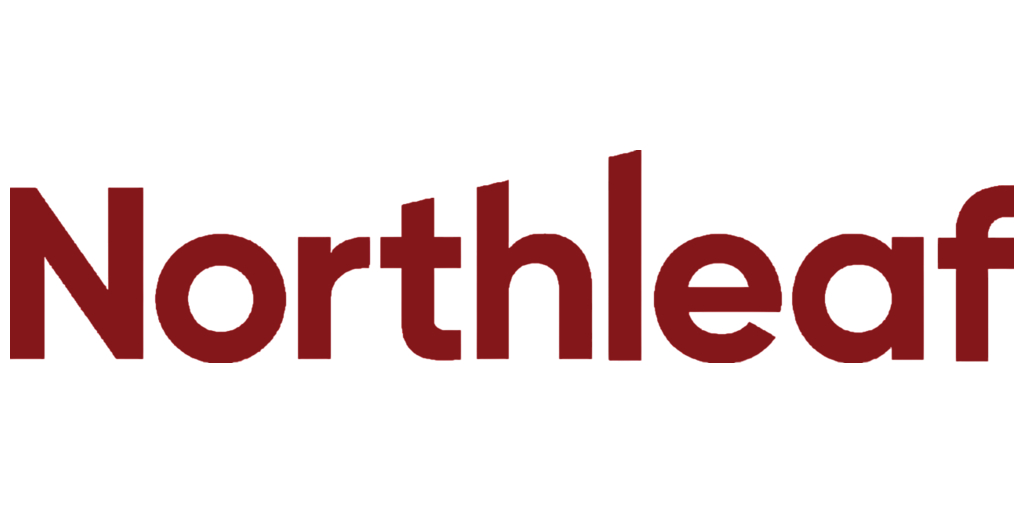The mining industry is well aware of the challenges driving delays and overruns. Labor shortages, heightened ESG (environmental, social, and governance) expectations and skyrocketing critical mineral demand are reshaping capital project delivery.
And yet, more than 80 per cent of mining projects still finish late and over budget. The issue isn’t awareness. It’s having the right tools to act.
Disconnected systems and siloed data make it harder to manage modern mining projects in real time. That fragmentation slows progress, clouds visibility and undermines efforts to work faster, cleaner and with greater accountability.
Why mining projects miss the mark
A mix of operational and environmental pressures continues to challenge mining projects.
Labor shortages hit mining harder than most industries, especially in remote areas, where attracting skilled workers is difficult. Productivity suffers as experienced workers retire faster than new talent can be trained.
Toolsets are another problem. Outdated or disconnected systems limit visibility across planning, execution and reporting, causing miscommunication, rework and delays.
“Those inefficiencies pile up fast, especially when combined with today’s cost and resource volatility,” Contruent chief customer officer Karl Vantine said.
“Mining companies are being asked to move quicker and do more with less, even as energy prices spike, labour remains scarce and material costs continue to climb. That puts intense pressure on every dollar spent.”
Adding to the complexity, mining operations often require significant supporting infrastructure – from roads and airstrips to worker housing and power generation – which increases scope and risk.
Meanwhile, sustainability and ESG expectations continue to rise. Tracking water usage, emissions, biodiversity and community impact has become a baseline requirement. When ESG data is managed outside core workflows, visibility suffers and compliance becomes harder to manage.
Climate pressure is mounting as well. Mining accounts for four to seven per cent of global greenhouse gas (GHG) emissions. As demand for critical minerals grows, so does the need to decarbonise operations without compromising project speed or profitability.
Then there’s stakeholder scrutiny. ESG mandates may set the baseline, but governments, investors and communities are examining whether companies meet those standards and expecting proof.
Even experienced teams struggle under the weight of these demands. The need for connected, data-driven project controls is no longer optional. It’s essential.
Rethinking tools for mining project delivery
With mounting pressure to deliver faster and prove progress more clearly, mining companies are rethinking how they manage execution. Many are moving beyond basic tracking systems in favour of platforms that handle today’s greater project complexity while improving coordination, visibility and decision-making.
One example is Contruent Enterprise, which helps mining teams unify key functions like planning, cost control, scheduling and change management.
Instead of juggling fragmented systems, teams work from a centralised platform with real-time information across the project lifecycle. This approach helps identify risks earlier, streamline decisions and keep stakeholders aligned.
Built around industry best practices, the platform deploys relatively quickly – allowing mining teams to start applying integrated tools in the field sooner, with more reliable reporting, faster collaboration and stronger control over outcomes.
Bringing integrated tools into day-to-day execution
With core functions connected in one system, mining teams using platforms like Contruent Enterprise are tracking progress in real time, adjusting faster and working more cohesively – from planning through execution.
Rather than reacting after issues arise, teams now rely on real-time metrics to track progress and make faster, more informed decisions. Dashboards that highlight earned value performance and overall project health enable teams to identify risks earlier and keep projects on track.
This shift also improves collaboration, as stakeholders work from a shared data set. Such visibility reduces miscommunication, clarifies status and speeds decision-making – benefits that are especially valuable on large, geographically dispersed projects where coordination is complex.
With that better access to real-time data, resource planning becomes more precise. Teams can monitor labor, equipment and materials closely and adjust allocations as conditions change, helping prevent downtime and boost efficiency, particularly at remote or logistically challenging sites.
Since change is a constant in mining – whether driven by design revisions, weather events or evolving project scopes – teams are increasingly using automated workflows and mobile tracking to manage these changes consistently and transparently. This approach helps minimise disruptions and keeps accountability clear.
Alongside operational improvements, there’s growing momentum around integrating environmental tracking directly into daily workflows. Combining ESG-related data such as emissions and fuel consumption with existing cost and schedule systems simplifies reporting and improves oversight of sustainability goals.
Delivering measurable benefits
The impact of using an integrated platform extends beyond individual jobs. Real-time tracking helps teams avoid delays and cost overruns, while improved coordination and faster approvals accelerate delivery across portfolios.
Standardised, auditable processes also make it easier to scale operations – an increasingly urgent need as demand for critical minerals accelerates.
Meanwhile, centralised controls and clearer reporting improve accountability to both internal stakeholders and external regulators.
Contruent Enterprise is playing a role in that shift by supporting large-scale mining infrastructure projects. Some organisations have reported significant time savings, greater forecasting accuracy and measurable reductions in overspend and total project cost.
In one case, improved forecasting helped cut project spend by two per cent (or $20 million) on a $1 billion annual program.
One of those organisations is South32, an Australia-based mining and metals company. Since adopting Contruent, South32 has seen improved data integrity, less manual effort and a more consistent, standardised approach to project cost control.
“Contruent doesn’t just track what’s happening, it helps teams understand why,” Vantine said. “That kind of clarity is critical when decisions need to happen fast.”
Why now is the time to act
The pressures facing mining organisations aren’t easing. From growing demand and tighter timelines to rising ESG scrutiny, the stakes for capital project delivery are higher than ever.
Companies that can adapt by improving visibility, coordination and control are better positioned to deliver the results today’s environment demands. Platforms like Contruent Enterprise are helping make that shift possible, supporting faster execution, greater accountability and long-term resilience.
Subscribe to Australian Mining and receive the latest news on product announcements, industry developments, commodities and more.




